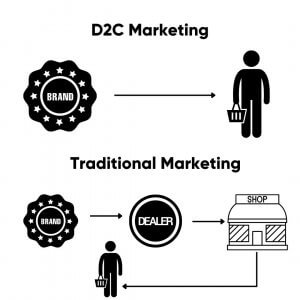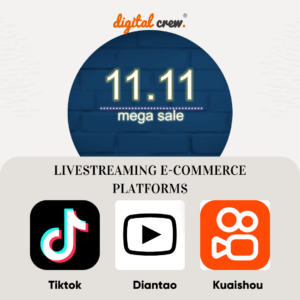Online marketing should never be generic – that is, something that involves simply putting your message out there and hoping for a response. Rather, it needs to be well-targeted to reach the right audiences if you want it to be effective and to produce a good ROI for your business.
This requires finding methods for precise targeting – getting the right ads and promotions in front of the right people at the right time, in order to be of influence.
Remarketing provides an opportunity to make this happen, as it involves targeting potential or existing customers who have already shown an interest in what you have to offer.
Remarketing explained
Types of remarketing include:
- Standard – where ads are shown to past visitors while they are browsing the internet.
- Dynamic – ads are shown to past visitors to display products or services they have previously viewed.
- Remarketing for apps / mobile – promotions targeted to those who have used your apps or mobile website.
- Remarketing lists – for example lists for search that involve displaying ads to people when they do follow-up searches. Lists can also be created for people who have visited your most popular product page.
Remarketing might also be used for people who have gone so far with an online purchase and then abandoned it along the way, such as at the checkout stage. Abandoning a purchase can occur for any number of reasons – they might have become distracted, changed their mind, or decided they will purchase the product later. Since it’s clear they have already shown a definite interest, remarketing might be employed to remind them of their interest in your products, or to make other product suggestions, offer incentives and so on.
Remarketing involves marking visitors with tracking cookies so that lists can later be retrieved and used. Lists can be based on buying behaviours, interests, or demographics such as age group and location. It may involve inviting people to sign up to a newsletter or subscribe to your emails, displaying banner ads, promoting your product or service on social media, and other methods.
The offline equivalent might be following someone who comes into your store, browses and then leaves. As you might imagine, this could not only be costly and impractical but also might be seen as somewhat intrusive! Online remarketing is much cheaper, easier to do, and more manageable.
Remarketing in China – opportunities abound
China’s huge and very active online market may well be very ripe for remarketing. The biggest search engine Baidu has tools for remarketing, such as Phoenix Nest which bears some resemblance to Google AdWords. However with Baidu, the requirements are higher in that you will need a government issued identifier and a business licence certified by a local approved agent, and you will also need to meet various other conditions.
The benefits include that Phoenix Nest’s features are designed specifically to Chinese audiences and regions, and as such may be well-worth considering in terms of remarketing.
Remarketing tactics may include tagging web pages with tracking code, segmenting your audience, offering incentives to returning customers, or advertising on social media feeds.
In any case, it certainly seems that remarketing could provide your business with the opportunity to refine your targeting practices when marketing online to potential customers in China. If you would like assistance with this, feel free to contact our China marketing team.











































































